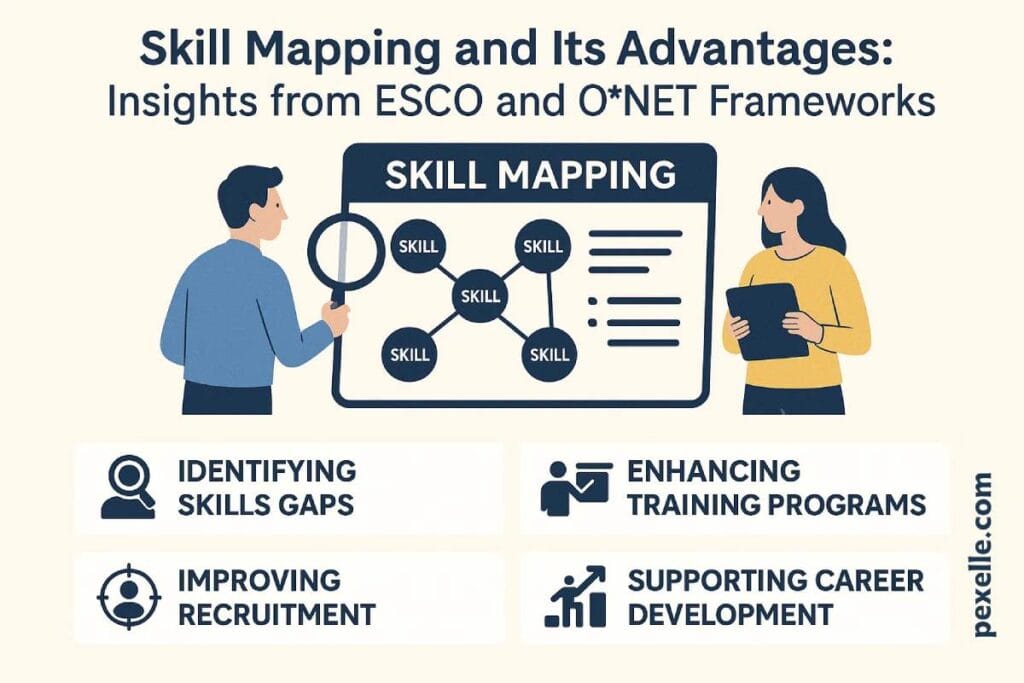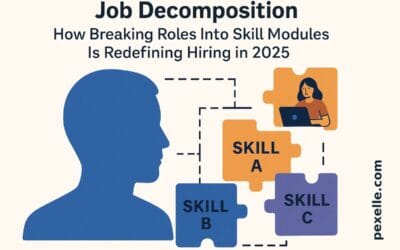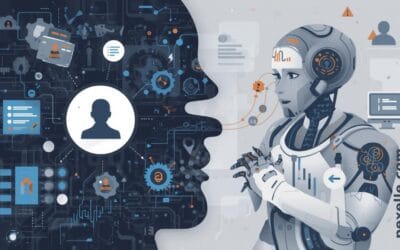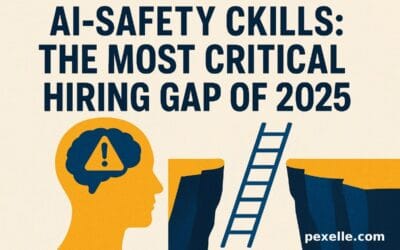Skill Mapping and Its Advantages: Insights from ESCO and O*NET Frameworks

1. Introduction to Skill Mapping
Skill mapping is the process of identifying, analyzing, and visualizing the skills required for specific jobs, roles, or industries — and linking them to the skills individuals already possess. It serves as a bridge between workforce capabilities and labor market demands, enabling better talent management, training, and career planning.
In today’s rapidly evolving job market, skill mapping is becoming essential for organizations, policymakers, and educational institutions to ensure alignment between workforce skills and industry requirements.
2. How Skill Mapping Works
At its core, skill mapping involves:
- Skill Identification – Collecting and defining relevant skills for a job or role.
- Skill Categorization – Grouping skills into technical, cognitive, social, or domain-specific clusters.
- Skill Matching – Comparing required skills with existing workforce skills to detect gaps.
- Skill Linkage – Associating skills with job titles, occupational codes, or industry sectors.
This process is greatly enhanced when linked with large, structured skill frameworks like ESCO (European Skills, Competences, Qualifications and Occupations) and O*NET (Occupational Information Network).
3. Role of ESCO in Skill Mapping
ESCO, developed by the European Commission, is a multilingual classification system that defines and categorizes:
- Occupations (over 3,000 standardized job titles)
- Skills & Competences (over 13,000 skills)
- Qualifications
Advantages of using ESCO for skill mapping:
- Standardization – Provides a harmonized skill language across Europe.
- Cross-Border Recognition – Skills are understood and validated across EU countries.
- Integration with Labor Market Data – ESCO codes can be mapped to real-time job postings and training programs.
4. Role of O*NET in Skill Mapping
O*NET, developed in the United States, offers a comprehensive database of occupational information, covering:
- Job descriptions
- Required skills, knowledge, and abilities
- Work activities and context
- Education and training requirements
Advantages of using O*NET for skill mapping:
- Detailed Skill Attributes – Distinguishes between importance and proficiency levels for each skill.
- Data-Driven Updates – Regularly updated with labor market research and employer input.
- Career Pathways – Shows related occupations and possible career progressions.
5. Advantages of Skill Mapping with ESCO and O*NET
| Advantage | Description |
|---|---|
| Improved Workforce Planning | Organizations can identify skill gaps and create targeted training programs. |
| Better Recruitment Accuracy | Aligns job descriptions with standardized skill definitions, reducing hiring mismatches. |
| Global Skill Comparability | Facilitates cross-country recognition of qualifications and capabilities. |
| Data-Driven Policy Making | Governments can design education and labor policies based on real skill demand. |
| Upskilling & Reskilling Roadmaps | Helps individuals and training providers create clear skill development plans. |
| Enhanced Career Mobility | Workers can understand transferable skills between industries and occupations. |
6. Practical Use Cases
- Corporate HR – Matching employee skills with internal job openings.
- Educational Institutions – Designing curricula aligned with industry demand.
- Government Agencies – Monitoring labor market trends to address unemployment.
- Job Portals – Recommending jobs based on candidate skill profiles.
- Career Counselors – Guiding individuals toward high-demand skill areas.
7. Conclusion
Skill mapping, when built on robust frameworks like ESCO and O*NET, offers a powerful method for aligning workforce capabilities with labor market needs. By leveraging these international taxonomies, stakeholders can ensure skill transparency, foster mobility, and prepare both workers and employers for the future of work.
As industries continue to evolve under the influence of automation, AI, and globalization, skill mapping will play a pivotal role in creating adaptable, competitive, and future-ready workforces.
Source : Medium.com





Nice post! 1754809841